Leaks - Pipe cannot pull out of the joint and can be pulled out
compiler
12 years ago
Related Stories

LIFEThe Polite House: How Can I Tell a Construction Crew to Pipe Down?
If workers around your home are doing things that bother you, there’s a diplomatic way to approach them
Full Story
LIFEWe Can Work It Out: Living (and Cleaning) Together
Run a household without fussing and fighting with these ideas for how to work together on household chores
Full Story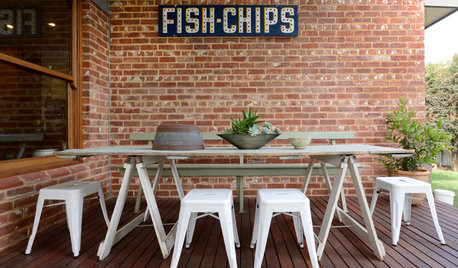
GARDENING AND LANDSCAPINGBudget Decorator: 10 Ways to Deck Out Your Patio
Hang a vintage sign here and some inexpensive curtains there, for a patio or deck that looks polished and pulled together
Full Story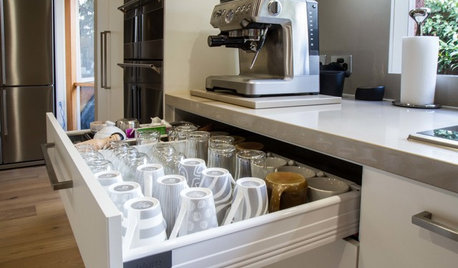
KITCHEN STORAGEPulling Power: Clever Drawer Tactics for a Kitchen
It’s not how many drawers you have in your kitchen; it’s how they work for you
Full Story
REMODELING GUIDESExpert Talk: Wall Dividers Pull Rooms Together
Open layouts are popular, but these designers explain how a little division can sometimes finish the look of a room the way nothing else can
Full Story
GREEN BUILDINGOff the Grid: Ready to Pull the Plug on City Power?
What to consider if you want to stop relying on public utilities — or just have a more energy-efficient home
Full Story
FURNITUREPull Up a Peacock Chair
Perfect for a porch or a sun-drenched room, the airy wicker chair can be accessorized or stand on its own
Full Story
HOUSEKEEPINGHow to Clean Your Fridge, Inside and Out
Keep your refrigerator clean and fresh, while you gain storage space and lose those ‘UFOs’
Full Story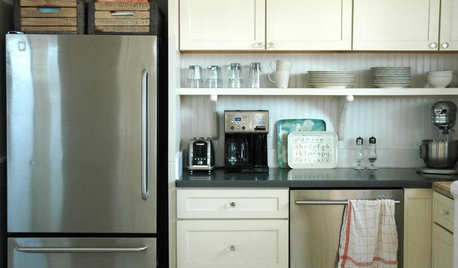
KITCHEN DESIGNTrick Out Your Kitchen Backsplash for Storage and More
Free up countertop space and keep often-used items handy by making your backsplash more resourceful
Full Story
BATHROOM WORKBOOKHow to Lay Out a 5-by-8-Foot Bathroom
Not sure where to put the toilet, sink and shower? Look to these bathroom layouts for optimal space planning
Full StoryMore Discussions






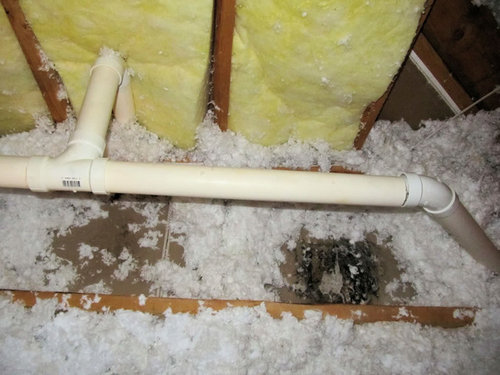
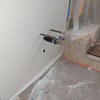

bus_driver
bus_driver
Related Professionals
East Tulare County Kitchen & Bathroom Remodelers · Forest Hill Kitchen & Bathroom Remodelers · Deerfield Beach Kitchen & Bathroom Remodelers · Fort Washington Kitchen & Bathroom Remodelers · Green Bay Kitchen & Bathroom Remodelers · Manassas Kitchen & Bathroom Remodelers · Mesquite Kitchen & Bathroom Remodelers · Patterson Kitchen & Bathroom Remodelers · Port Orange Kitchen & Bathroom Remodelers · Roselle Kitchen & Bathroom Remodelers · Santa Fe Kitchen & Bathroom Remodelers · Sicklerville Kitchen & Bathroom Remodelers · South Park Township Kitchen & Bathroom Remodelers · West Palm Beach Kitchen & Bathroom Remodelers · Kiryas Joel AppliancescompilerOriginal Author
alphonse
maryland_irisman
compilerOriginal Author
compilerOriginal Author
weedmeister
brickeyee
kudzu9
bus_driver
brickeyee
kudzu9
bus_driver
compilerOriginal Author
compilerOriginal Author
brickeyee
kudzu9
compilerOriginal Author
alphonse
compilerOriginal Author
weedmeister
homebound
alphonse
rjh2o
compilerOriginal Author
weedmeister
compilerOriginal Author
weedmeister
zoneiii
brickeyee
bus_driver
lazypup
mgs-001